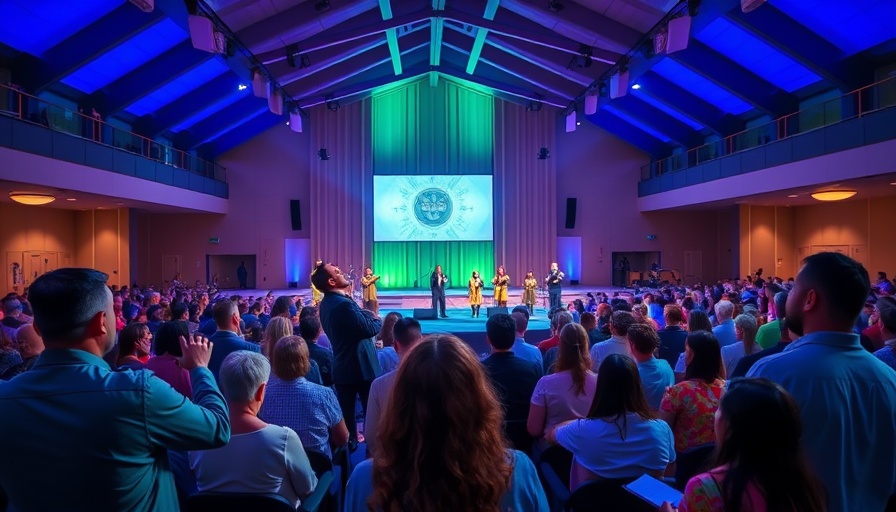
Creating Sacred Spaces in Higher Education
The University Adventista del Sur (UAS) has embarked on a remarkable initiative aimed at enriching spiritual life among its community members. Recently, a dedicated space for worship has been established on campus, providing a sanctuary for students and faculty alike to connect with their faith.
A Community-Centered Approach to Worship
This effort reflects the growing recognition within educational institutions of the need for holistic development—one that encompasses not just academic excellence but also spiritual health. By fostering such an environment, UAS is setting a precedent that echoes the principles of the Seventh-day Adventist (SDA) faith, where community and worship are intricately linked.
Historical Context of Religious Spaces in Education
Throughout history, universities and colleges have often served as centers for religious exploration and expression. The establishment of worship spaces is particularly significant in today's rapidly changing educational landscape where students often search for a sense of belonging. This act aligns UAS with similar efforts in other SDA institutions, indicating a trend towards prioritizing spiritual well-being alongside academic achievement.
Impact on the Student Community: What It Means for You
For students at UAS, the introduction of a worship space brings immense value. It creates an opportunity for personal reflection and fosters deeper relationships among peers, which can enhance the overall university experience. Moreover, these spaces can serve as a refuge during stressful times, promoting mental well-being—a critical component of college life.
The Role of Worship in Well-Being
Engaging in regular worship has been shown to provide emotional support, enhance coping skills, and foster a sense of purpose. This environment enables students to engage in prayer, meditation, and communal gatherings, which are vital for nurturing one’s spiritual journey. Such initiatives also enable them to embody the values of their faith in day-to-day life.
Building Lasting Connections Through Faith
The establishment of this space is not only about individual spirituality; it’s about strengthening community ties. By coming together in worship, students can share experiences and uplift one another, which is essential in nurturing a cohesive community that supports its members' spiritual and emotional needs. This space will likely serve as a hub for social interaction, creating bonds that can last a lifetime.
Future Trends in Spiritual Spaces on Campuses
As we look to the future, the integration of such spiritual spaces in educational institutions may become increasingly prevalent. The importance of creating environments where faith and learning can coexist will likely gain traction, proposing a model for a balanced educational experience. Universities recognizing this need will not only attract more students but will also contribute positively to their overall well-being.
Encouraging Engagement and Participation
As part of this initiative, UAS encourages all students and faculty to partake in the activities planned for the worship space. This engagement fosters a sense of ownership and belonging, reinforcing the importance of community in spiritual practices. It’s an open invitation for all to connect not just with their faith, but also with one another.
Conclusion: The Power of a Shared Space
The recent creation of a worship space at the University Adventista del Sur marks a significant step towards nurturing and promoting spiritual engagement in the academic environment. This initiative not only reflects the values of the SDA community but also provides a much-needed sanctuary for students to explore their faith in a supportive atmosphere.
As the UAS community grows, embracing the opportunities that this new space offers can lead to richer experiences and stronger connections among members. Let us all take part in this exciting journey towards spiritual enrichment.
 Add Row
Add Row  Add
Add 




Write A Comment